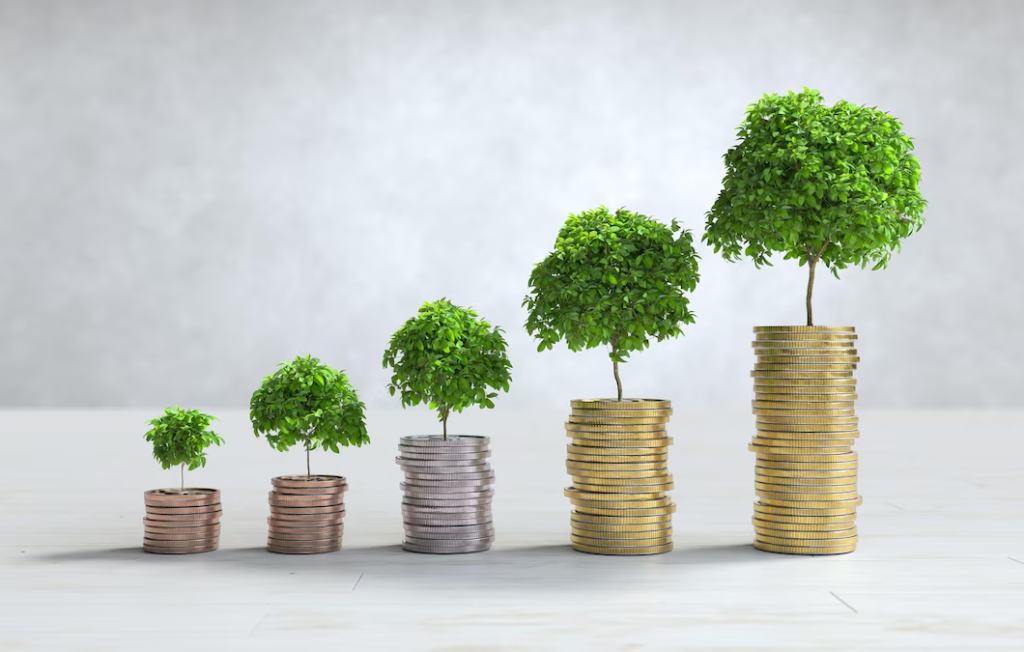Long-term, the price fluctuations of goods and services grossly cripple a world heading toward financial stability. It becomes hard for consumers to budget accurately and for businesses to be certain about costs and revenues. This unpredictability is not an inconvenience but a big factor that forestalls long-term financial planning and economic growth.
Much worse, however, are the external economic factors—like political events in other countries or natural disasters that will further guy the problem of price instability. These might cause sudden and quite unpredictable leaps in prices, thus laying a bad omen to any long-term goals of financial stability.

For instance, if an oil-rich nation experiences some political turbulence, oil prices tend to escalate, thus affecting the means of transportation and increasing product manufacturing costs, ultimately affecting the prices of goods and services. Similarly, natural disasters can strangle a supply line, leading to shortages that beget price increases. These experiences point not only to the thinness of global markets but also to the interdependencies of contemporary economies.
There are, however, some strategic steps that could be taken to help reduce the effect of at least some of these volatilities. Improved supply chains would mean that supply disruptions in one part of the world will not automatically translate into wide supply shortages and associated price increases.
Another important strategy is the diversification of resources; that is, reliance on multiple suppliers and sources of raw materials by a business house shall reduce vulnerability to any shock from one source. Besides, more effective implementation of policies by governments can streamline the prices. These could include holding strategic reserves of critical goods, price regulation during times of extreme fluctuation, and subsidies to sectors of industries that are deemed crucial to the national economy.
Despite suffering from all this, a bit of inflation is good for the stability and growth of the economy. During 2022, the world, almost everywhere was experiencing an unusually high rate of inflation. It reached as high a rate as 10% in the U.S., U.K., and the Eurozone.
Governments and central banks around the world usually operate an “inflation target,” usually something like 2%. It’s what economists call a “virtuous cycle.” When there is modest inflation, consumers anticipate prices will rise in the future, so they’re motivated to spend now rather than later. That boosts economic activity as goods and services are in greater demand. Businesses see the revenue rise, which sometimes manifests itself in better wages and more jobs.

Inflation Targets and Virtuous Cycles
Governments and central banks around the world pursue an “inflation target,” typically about 2%. The idea is to generate what economists call a “virtuous cycle.” The expectation of generally rising prices seems to nudge consumers toward making big-ticket purchases, for example, of cars or appliances, sooner rather than later to avoid higher costs in the future.
Also, basic needs like food and garments become too expensive to repel purchasing. Consequently, due to this expenditure, firms generate high revenue that provides them with the capacity to create jobs and increase salaries so customers can still afford products at elevated prices. This process of increasing demand and prices continues, leading to economic growth.
The Role of Wage Increases
While that is good news, when it is all said and done, let us not forget that wages have been too stagnant for far too long. Though the wages surged lately, especially for low-income workers, quite refreshingly, in general, wage levels are substantially below what ought to guarantee fairly stable economies.

Disruptions That Cause High Inflation
Any misfire in this wheel could lead to the sort of high inflation experienced lately. Supply chain disruptions resulted in product shortages, and some companies artificially raised their prices to boost profit margins. Among these were what really turned the virtuous cycle into a vicious one, thereby raising prices at faster rates than wages did, to extend pressure on household budgets.
The typical policy to prevent rising inflation is that governments raise interest rates, making it more expensive to borrow. Higher interest rates cool spending and investment, reducing activity, and subsequently eroding demand, which ultimately brings down price growth.
The Risks of Deflation
While inflation/CPI is a challenge, deflation—falling prices—can be equally so. Consumers are more likely to delay purchases when prices are falling, hoping to buy at even lower prices later. As this diminishes local spending reduces company revenues, therefore, costs-cutting measures and layoffs follow. With the decrease in overall demand, prices then drop again, beginning a “deflationary spiral,” hard, if not impossible, to break out of.
Governments have fewer weapons to fight deflation than inflation. When deflationary pressures began to rise in the spring of 2020, the United States cut interest rates to nearly zero. While this helped push inflation back upward, if low inflation had persisted with no robust recovery in sight, there might not have been that much more that government could do, which would have led to grave economic consequences.

Inflation has been pegged to so many complex factors that include millions of decisions made by people and businesses. This intrinsic unpredictability means that on some level, there is always going to be variation in inflation. Keeping a small, positive rate of inflation keeps an economy from dipping into deflation, which comes with its own set of risks.
